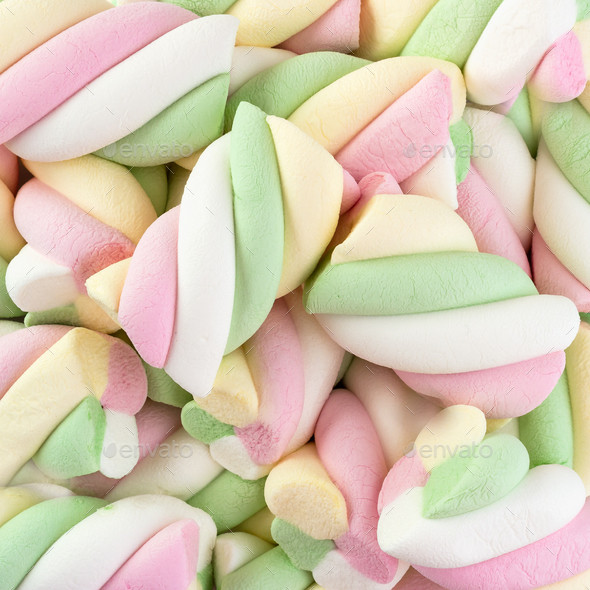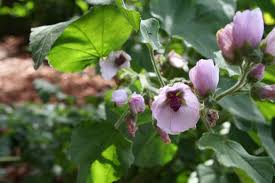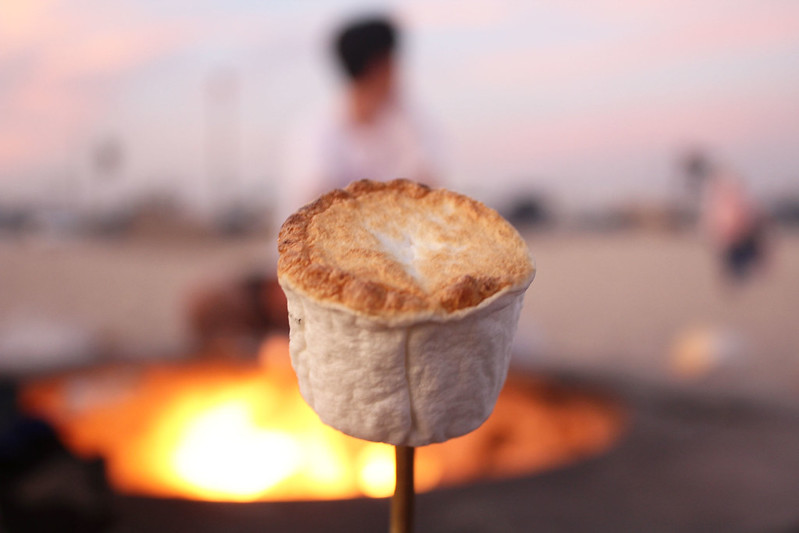There’s nothing quite like roasted marshmallows. They’re sweet, delicious, and perfect for a summer night around the campfire. In this blog post, we’ll talk about the history of roasted marshmallows and how to make smores using roasted marshmallows. We’ll also provide some tips on how to roast marshmallows perfectly every time!

Where Marshmallows Come From?
The sugar confection is based on a historical medicinal confection developed from Althaea officinalis, the marsh-mallow plant. The word “marshmallow” is derived from the marsh mallow plant (Althaea officinalis), a European, North African, and Asian native herb that thrives in marshes and other damp places.

The stem and leaves of the marshmallow plant are soft, while its white blossom has five petals. It’s uncertain when marshmallows were created, but they date back at least 2000 BCE. Egyptians roasted the root of the marshmallow plant and mixed it with honey to create a medicinal confection.
The first recorded recipe for marshmallows appeared in 1807, when French confectioner Pierre Desfontaines roasted mallow roots, removed the fiber, and combined them with sugar and egg whites. In 1920, American candy maker Carl Lindstrom developed a process for making marshmallows from cornstarch instead of mallow root. More from the marshmallow history you can read at the National Confectioners Association (NCA) official webcite.
The modern marshmallow is typically made from four ingredients: sugar, water, air, and a whipping agent (usually a protein). Flavorings such as vanilla extract or cocoa powder can be added before the mixture is poured into a mold and refrigerated until set. The finished product is cut into squares, rectangles, or circles and coated in cornstarch to prevent a sticky texture.

Gelatin is made from the collagen found in animal bones and cartilage, so marshmallows usually contain no dairy or gluten. Vegetarian alternatives exist that use agar-agar (an Asian seaweed) or carrageenans (Irish moss) instead of gelatin.
Marshmallows Manufacturing Process
Sugar, corn syrup and water are mixed in a kettledrum. A boiling agent such as glucose is added to the mixture to prevent crystallization of the sugar. The mixture is then passed through a spinning head that injects air into it to create foam. This process creates small bubbles within the marshmallow that give it its soft texture when set. Once this has been achieved, starch from cornflour or potato flour may be added along with other ingredients such as vanilla essence or food coloring if desired. Finally,the marshmallows are coated in starch (usually cornstarch) so they do not stick together during shipping and packaging hence roasted marshmallows become roasted marshmallows.
The final product contains mostly empty calories with low nutritional value. As such, marshmallows are often roasted over a campfire.
History of Roasted Marshmallows
The roasting (or toasting) of marshmallows over a campfire or other open flame is popular camping or backyard tradition in the United Kingdom, North America, New Zealand and Australia.
Marshmallows were roasted over open flames as early as the 1920s, and S’mores—a roasted marshmallow sandwiched between two graham crackers with a piece of chocolate—were first mentioned in the Girl Scout Handbook in 1927.
Today, roasted marshmallows are most commonly associated with the classic American summertime pastime of camping. They can also be roasted indoors using an oven or microwave.
How to Make Marsmallows at Home
Ingredients:
– one envelope unflavored gelatin
– ¼ cup cold water
– ½ cup corn syrup
– ⅔ cup granulated sugar
– ¼ teaspoon salt
– flavored extracts or food coloring (optional)

Instructions:
Pour the gelatin into a small bowl. Pour the cold water over the gelatin and stir to combine. Let the mixture sit for about five minutes, or until the gelatin has softened.
In a medium saucepan, heat the corn syrup, sugar, and salt over medium heat. Stir constantly until the sugar has dissolved and the mixture comes to a boil. Remove from heat.
Pour the hot sugar mixture over the gelatin mixture and stir thoroughly to combine. Add extracts or food coloring, if using.
Pour the mixture into a lightly greased 13×18 inch pan or tray and allow it to cool completely before cutting into squares.

Tips to Roast Marshmallows Perfectly
Cooking marshmallows over a campfire is an art form. Here are some tips to help you roast the perfect roasted marshmallow:
- To achieve maximum roasted marshmallow brownness and fluffy gooeyness, hold your roasted marshmallows about six inches away from the fire.
- Keep your stick straight up so that it doesn’t fall into the fire or touch any other roasted marshmallows on neighboring sticks.
- Rotate your stick regularly, roasting each side of each end for about two minutes before rotating again (using gloves or tongs). Remember that hot molten sugar can burn you and cause severe injury!
Happy Roasting!
We hope you’ve enjoyed this blog post on the history of roasted marshmallows and how to make smores with them. It’s been a pleasure talking about one of our favorite summertime treats! If you have any questions or comments, we’d love to hear from you in the comment section below. Until next time.. Happy roasting!
